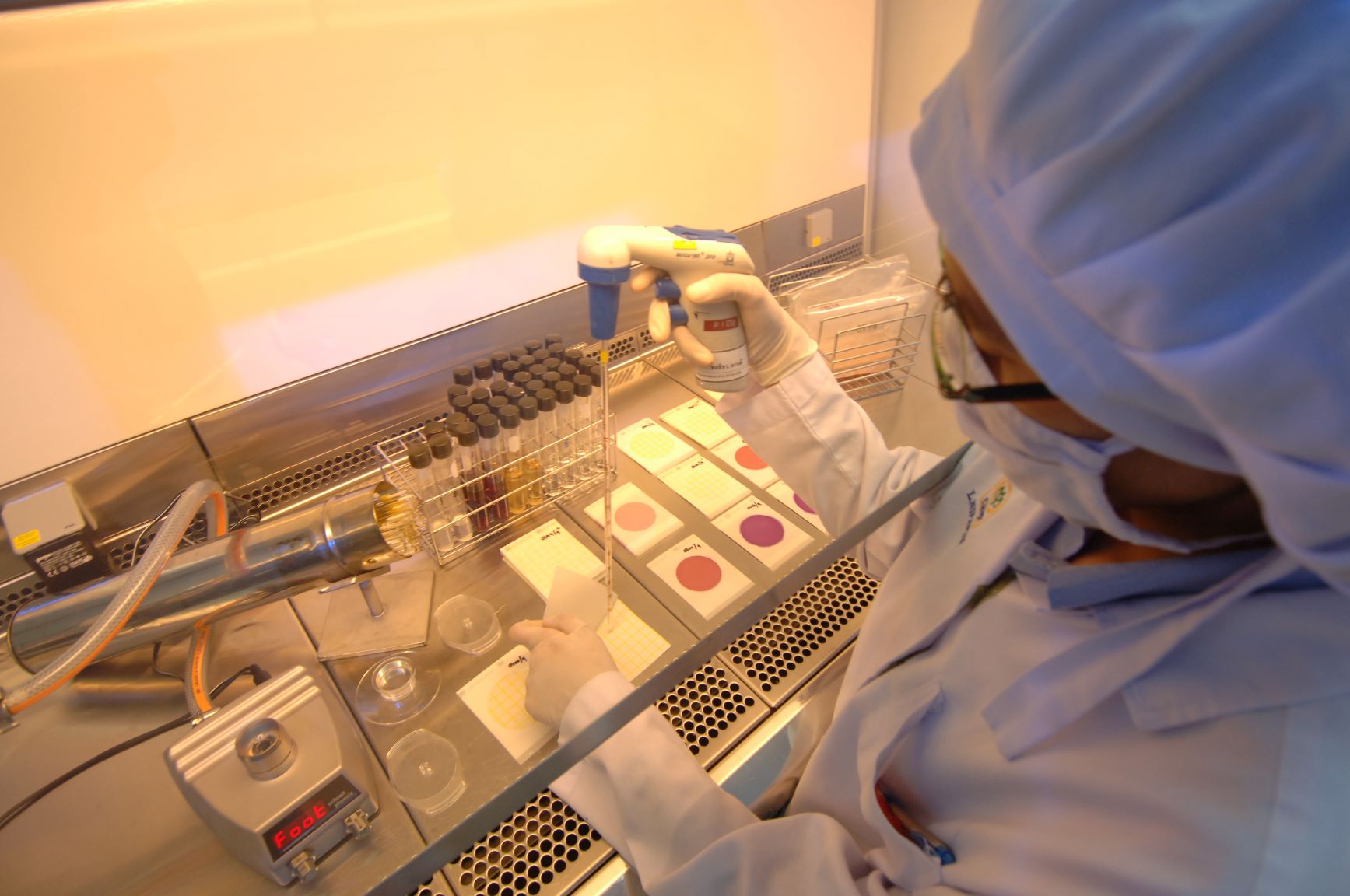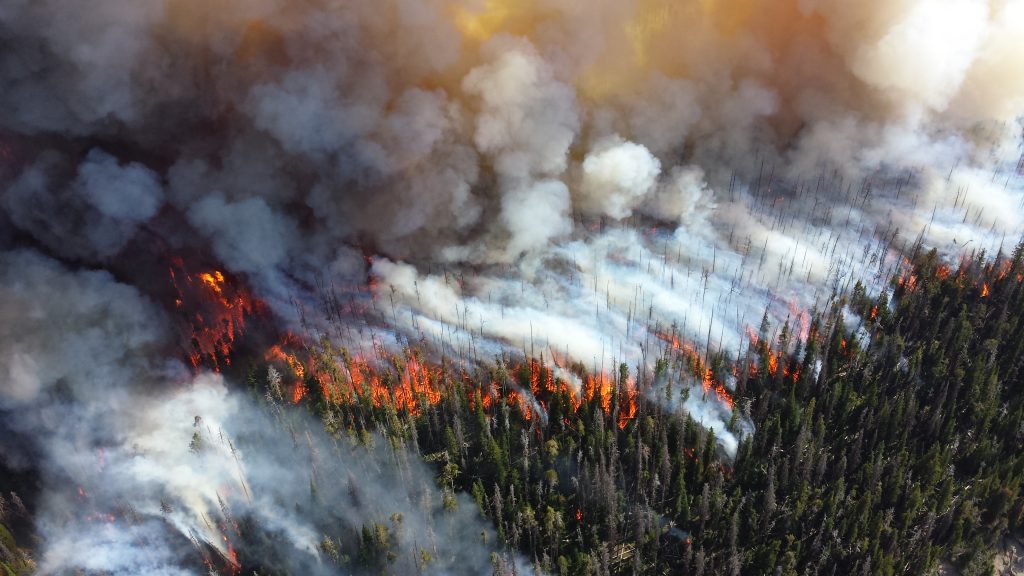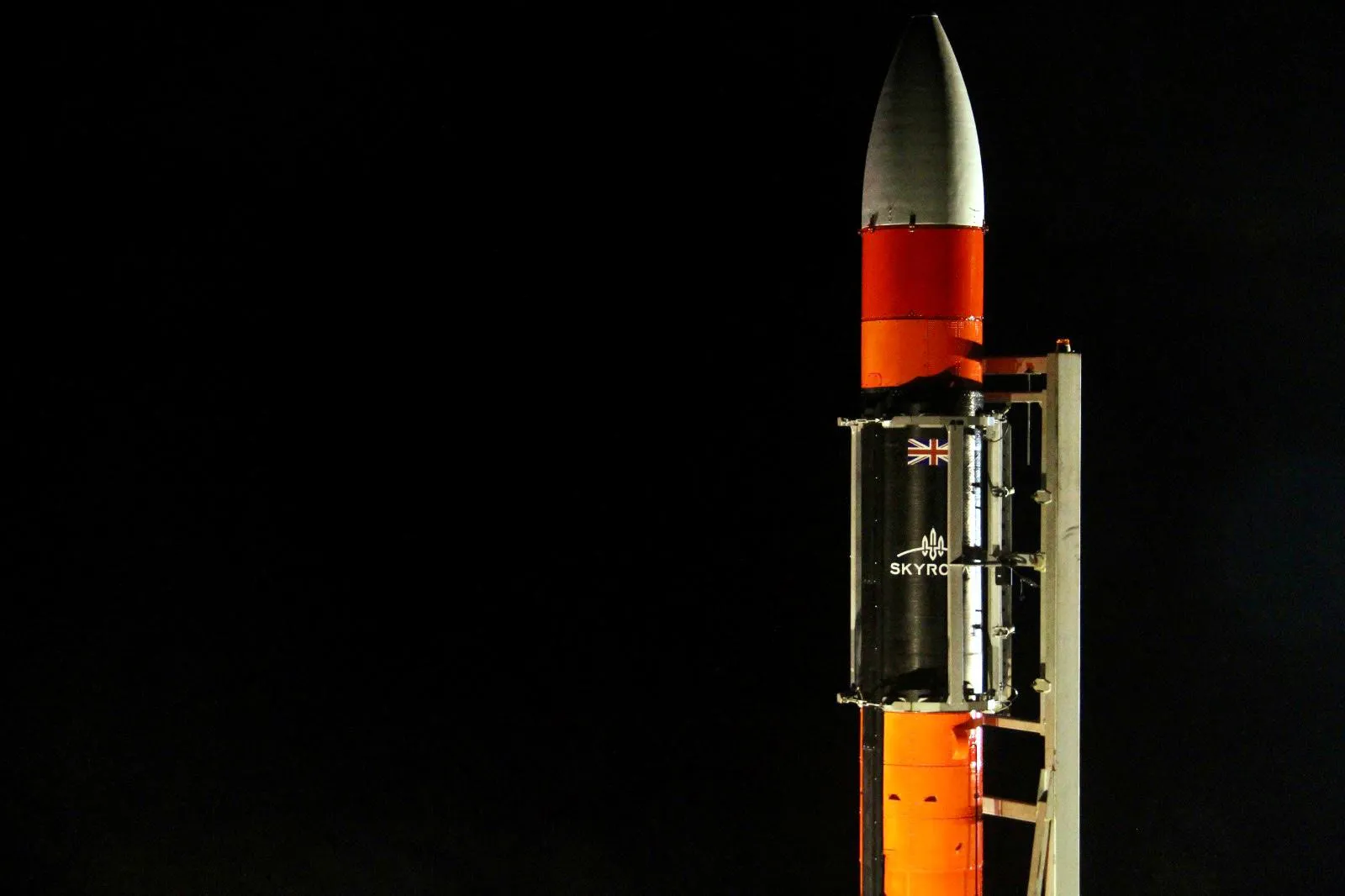Harnessing space technology to monitor coral reef bleaching

Coral reefs are among the most biodiverse and productive ecosystems in the world. Covering approximately 110,000 square miles of the ocean floor and home to over a quarter of marine species, coral reefs are under massive threat as a result of global warming and greenhouse gas emissions. According to UNESCO, they will cease to exist in World Heritage sites by the end of the century. Remote sensing technology can assist with the observation of coral reef bleaching across the world.
It is not just marine life that depends on them and could be harmed by coral reef bleaching, with more than 500 million humans relying on coral reefs for employment opportunities, coastal protection and for the provision of food. Despite the human population’s day-to-day dependence on coral reefs, many are threatened by the effects of climate change.
Scientists can monitor such effects as they unfold in unprecedented detail. Experimental deep-learning algorithms and small satellites can be utilised to monitor the coral reef climate in near real time. High-resolution coral reef satellite imagery collected before, during, and after a bleaching event have the potential to provide data concerning how they react to extreme temperatures. This data could ultimately assist international government organisations with the anticipation and minimisation of the damage to reefs caused by future events.
What causes coral bleaching?
How does coral bleaching occur? It happens when ocean temperatures get too high, causing the algae to break down. The algae are unable to repair themselves quickly enough causing them to release toxic chemicals which in turn, causes the coral to expel the algae into the water. The algae are what provides the corals with their colours, and so when the algae are expelled into the water, it leaves the corals without colour, hence the term ‘bleaching’.
The process of coral reef bleaching does not kill the coral, though it does leave it without its primary food source and with injury. Such injury causes the coral to become highly susceptible to disease, making it more vulnerable to increased water temperatures. Though a bleached coral reef is able to recover in a matter of weeks through the generation of new algae, if the corals do not survive it can take decades for a reef to recover.
How to stop coral bleaching
Data collected from the satellite observation of the infrared radiation that is emitted from the ocean is compared to the long-term average ocean temperature record (or climatology) to predict the period of time when corals are likely to be expelling algae. This provides enough time for scientific researchers and natural resource managers to rescue rare corals before bleaching occurs.
New techniques can be developed with this data in mind in order to preserve coral reefs, such as creating artificial clouds to deflect solar radiation and preventing ocean temperatures from increasing too much. Such technologies would not be able to be implemented successfully without the data collected using remote sensing technology and coral reef satellite imagery concerning the prediction and observation of heat stress.
References
1. National Environmental Satellite Data and Information Service (2019), Here’s How Satellites Play a Pivotal Role in Monitoring the Health of Coral Reefs
2. Nature (2019), Coral-tracking satellites monitor reef bleaching in near-real time
3. Research Gate (2010), Monitoring Coral Reefs from Space



